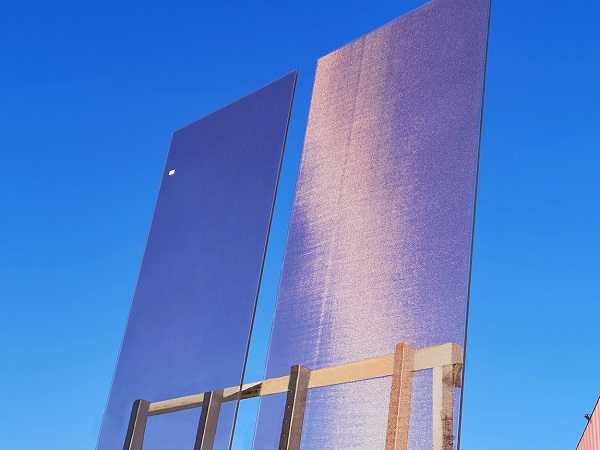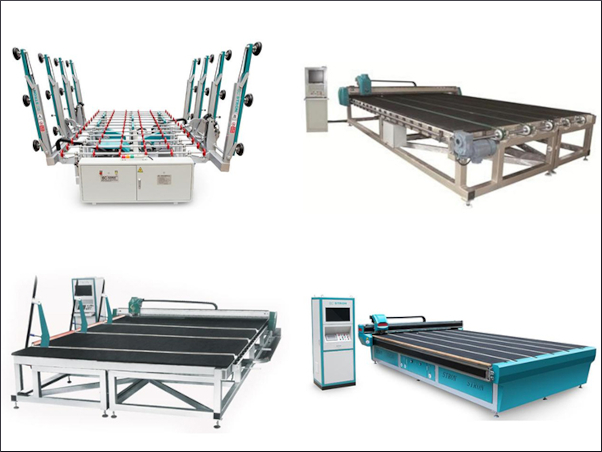Date: 26 January 2007
The makers, focusing on fifth-generation (5G) production and PC-use panels, only run at a combined monthly capacity of 180,000 glass substrates despite a full capacity goal of 240,000 units.
The combined share of the makers, calculated based on their full capacity, is 5-6%, close to the scale of the PC-use panel capacity of Chunghwa Picture Tubes (CPT). Nevertheless, the China-based makers will be less competitive since they have different technology sources and the PC-use panel industry is migrating to the widescreen segment.
According to DigiTimes Research, shipments of 19- and 22-inch widescreen panels will grow by 3.5 and ten times, respectively, in 2007. The two segments are best suitable to be produced at 5.5G plants while Taiwan-based panel makers can also leverage their 6G production to produce 22/23-inch widescreen panels.
The growth rate of overall PC-use panels, on the other hand, is expected to be less than 17% in 2007.
As a result, the China-based makers will face a great deal of pressure in staying profitable due to a fierce competition for the 19-inch standard panel market.
The makers will also feel constrained in their competitiveness in the TV panel segment, as the entry barrier for technologies and production of TV panels is high.
All in all, the impact of the consolidation will be limited.
A final agreement is expected to be reached among the makers before June 30, 2007. Should the parties fail to reach an agreement, the MOU will be invalid, Sina.com said.









Add new comment